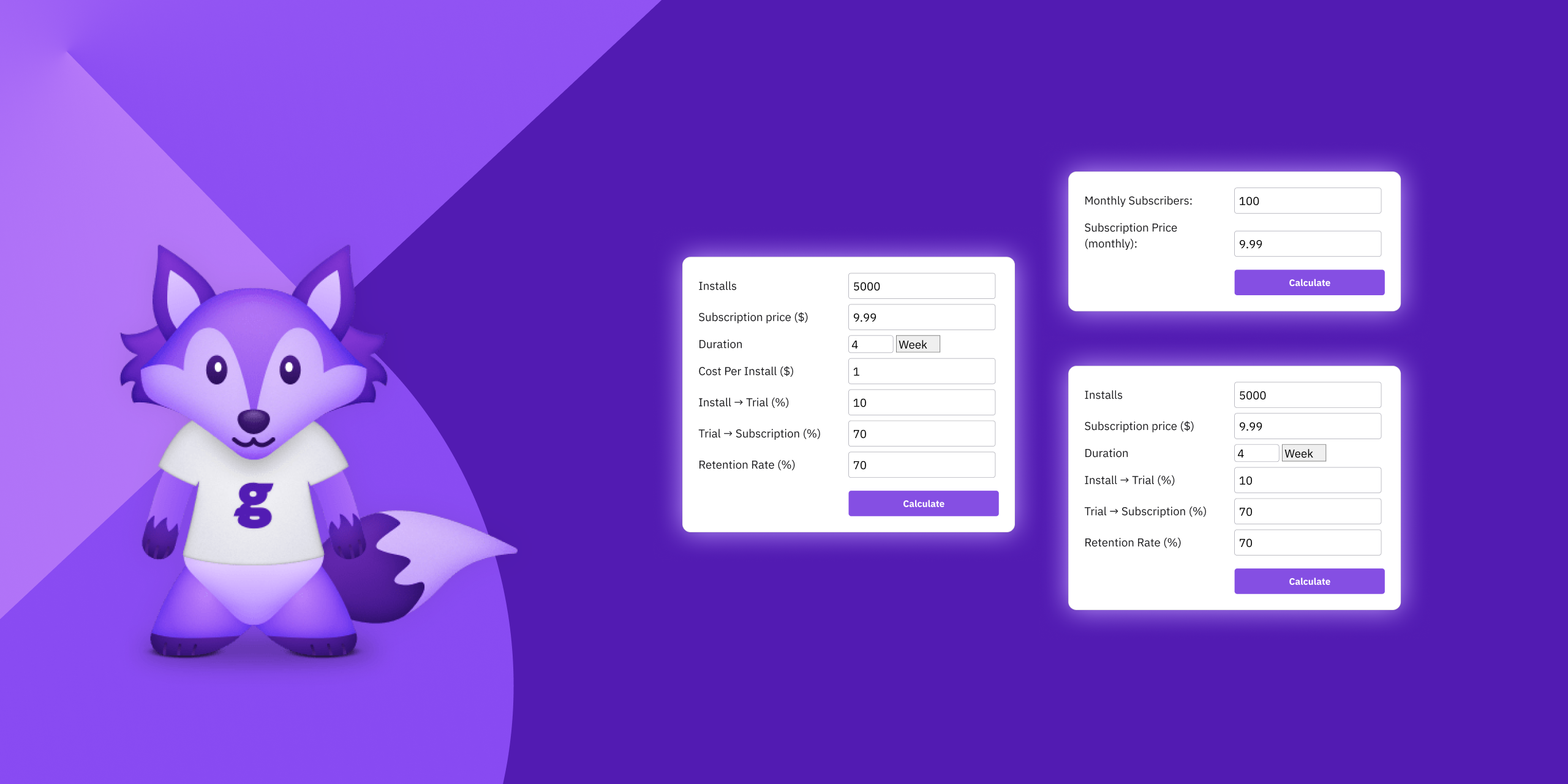Content
Maximizing Mobile App Profits: Mastering the ARPU Calculator for Enhanced Revenue Analysis

What does ARPU stand for?
Average Revenue Per User (ARPU) is a financial performance benchmark that calculates the average revenue generated per user or subscriber. In the context of mobile apps, it’s a vital metric that helps developers and marketers gauge the revenue generated from each user.
How to Calculate ARPU for Mobile Apps
Calculating ARPU (Average Revenue Per User) is straightforward yet insightful. It involves dividing the total revenue generated in a specific period by the number of active users during that same period. Here’s a step-by-step guide:
- Total Revenue: Determine the total revenue your mobile app has generated over a chosen time frame. This includes all sources of income such as in-app purchases, subscriptions, ad revenue, etc.
- Active Users: Count the number of unique users who were active during that period. ‘Active’ could mean different things depending on your app – it could be users who have made a purchase, used the app, or any other metric that signifies engagement.
- The Calculation: ARPU = Total Revenue / Number of Active Users
For example, if your app earned $50,000 in a month and had 10,000 active users, the ARPU for that month would be: ARPU= $50,000 / 10,000= $ 5
This means, on average, each active user contributed $5 to your revenue during that month.
Why ARPU Matters for Mobile Apps?
- Financial Health: ARPU provides insights into the financial health of your app, indicating whether your monetization strategies are effective.
- Targeted Marketing: Understanding ARPU helps in tailoring marketing efforts to segments that yield higher revenue.
- Product Development: It guides app developers in aligning features and functionalities with the most profitable user segments.
Leveraging ARPU for Strategic Decision Making
Pricing Strategy: If ARPU is lower than expected, consider revising your app’s pricing model.
User Engagement: Enhance features or services that are popular among high-revenue generating users.
Marketing Focus: Redirect marketing efforts towards user segments that contribute to a higher ARPU.
Are you curious about how much revenue your app can generate through in-app subscriptions?
With the Glassfy Free App Revenue Calculator, you can also calculate your Average Revenue Per User (ARPU), Average Revenue Per Paying User (ARPPU) and even estimate your profit based on user acquisition costs and platform commissions.
https://glassfy.io/free-app-revenue-calculator/
In the competitive world of mobile apps, understanding your revenue per user is not just beneficial – it’s essential. The ARPU calculator for mobile apps empowers you with critical insights to fine-tune your strategies, ensuring your app not only attracts users but also maximizes revenue from each one.
Read More




